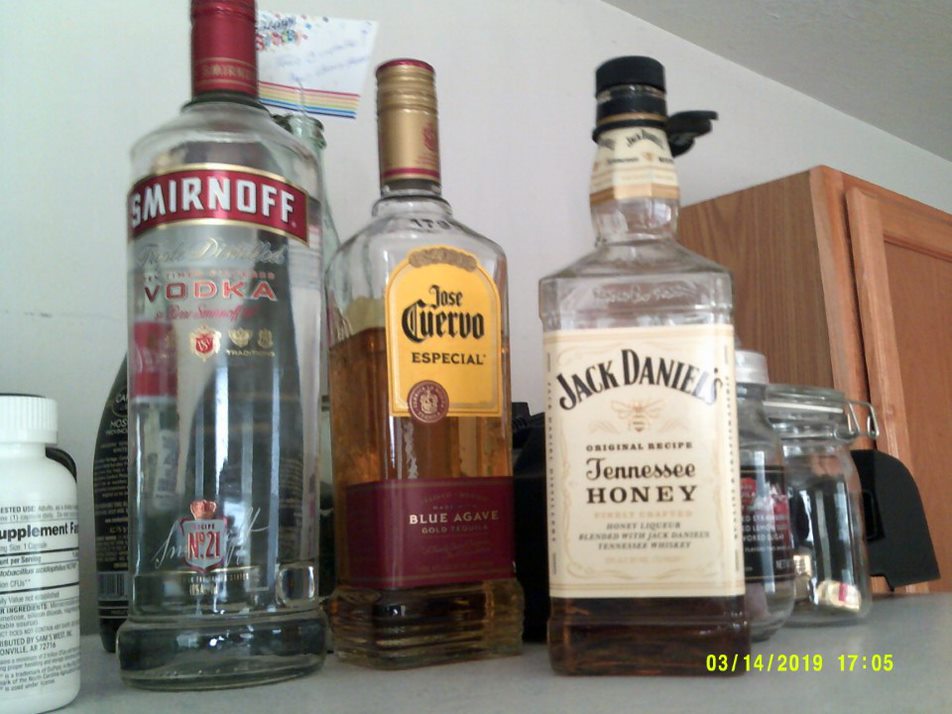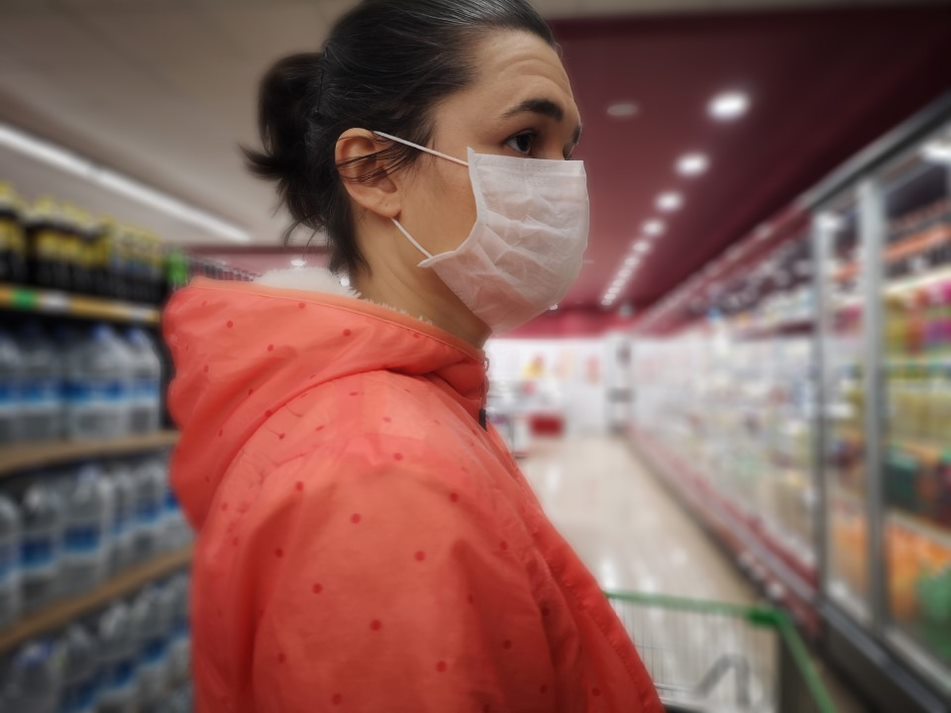Photo-elicitation is a research method that combines detailed interviews using photographs taken by study participants. Researchers use it to gain a better understanding of complex topics. Often, the act of taking photographs – in response to questions from the researcher – can summon emotional responses in study participants. It can also help both participants and researchers gain insight into participants’ behaviors.
Dr. Nipa Kamdar is a researcher at the VA Center for Innovations in Quality, Effectiveness and Safety (iQUeSt) in Houston. Her focus is food insecurity in Veterans. In October 2021, Kamdar published a commentary, in “Public Health Nursing,” on her use of photo-elicitation to study food insecurity in low-income, post-9/11 Veterans.
The article discussed the results of an earlier study by Kamdar and colleagues that used photo-elicitation to better understand food insecurity in a group of post 9/11 Veterans with children. The researchers found that food insecurity in Veterans is highly intertwined with physical and mental health, military culture and lack of basic resources like housing or transportation.
A picture is worth a thousand words
!["[This is a picture of what was] in my fridge when I first started the project. You see [there's] hardly anything in there? And see how small the fridge is?"](https://news.va.gov/wp-content/uploads/sites/3/2022/03/thumbnail.jpg)
“[This is a picture of what was] in my fridge when I first started the project. You see [there’s] hardly anything in there? And see how small the fridge is?” (Photo taken by Veteran study participant.)
She initially met with each participant at their college, or a local coffee shop, to explain the photo-elicitation process and to give them a camera. She met with the Veterans 10 days later to collect their photos and conduct detailed interviews.
Kamdar asked the Veterans to take photos illustrating how they got food to their tables, what they ate and how they felt about the process. Kamdar says that photos can often portray a hidden story. Rather than ordinary photographs showing a grocery store or cooking, Veterans might take a photo of a curbside pick-up because they do not want to go into an enclosed building filled with strangers. Or they might capture images of the pasta that they prepare four-to-five nights a week, because it is cheap and filling.
“Some Veterans told me the process of going to the grocery store, buying food, making a meal, and putting it on the table was an automatic thing – they never thought about the decisions they were making. But when I gave them the camera and asked them to document the process, it made them slow down and think,” says Kamdar. “One of them said, ‘I never knew how much my anxiety dictated how I went to the store, or when I went to the store.'”

“I feel that alcohol helps me at times, but I know it’s bad for my health. It’s one of the things that I want to change one day. I’ve been going to therapy to stop drinking, but I know it’s one of my weaknesses. That’s why I took a picture of it.” (Photo taken by Veteran study participant.)
Kamdar notes that photo-elicitation can also be an effective tool for advocacy, helping to create empathy for issues affecting vulnerable populations.
Food insecurity intertwined with other risk factors
Food insecurity is defined as a limited ability to access food, largely due to financial considerations. In the U.S. population, about 10% of adults experience food insecurity, according to a 2020 report by the U.S. Department of Agriculture.
Veterans have about the same rate of food insecurity as the general population, but differ in their level of food insecurity, according to a 2021 study that looked at working-age Veterans with children. Veterans often experience a greater severity of food insecurity, Kamdar notes. “That severe level means they are cutting down on what they eat, or they are skipping meals.”
Food insecurity rarely exists on its own. Kamdar analyzed data collected from participating VSOs and found that food insecurity was a complex problem that often occurred in tandem with housing and financial insecurities.
More Information
Click here to read the full story.
Click here to learn more about VA research.
Topics in this story
More Stories
Study underscores important role COVID vaccination can have in protecting Veterans from infection and reducing long-term health consequences
Columbia VA’s robotic surgery teams completed their 800th robotic surgery and are on schedule to hit 1,000 by the end of the year.
In a decentralized clinical trial, Veterans can participate from their own homes or local VA instead of having to travel to a research site.






